All of the coloring pages displayed on this page are free for personal use (view full use policy). Any brands, characters, or trademarks featured in our coloring pages are owned by their respective holders and depicted here as fan art.
Please enjoy these Bird and Flower coloring pages!
Beautiful Hummingbird and Hibiscus Coloring Pages
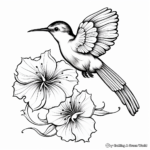
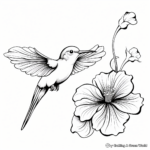
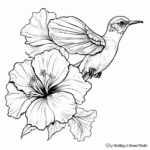
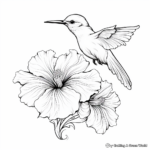
Charming Cardinal and Cherry Blossom Coloring Pages
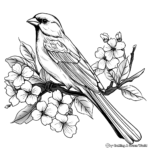
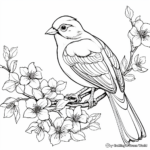
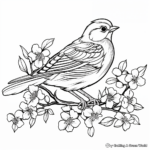
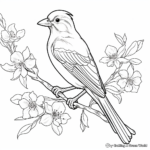
Elegant Egret and Lily Coloring Pages
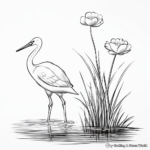
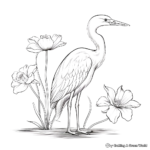
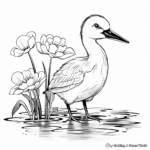
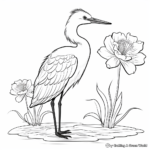
Colorful Canary and Tulip Coloring Pages
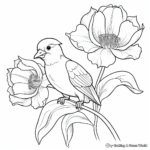
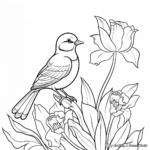
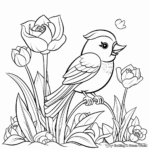
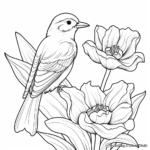
Cute Sparrow and Rose Coloring Pages
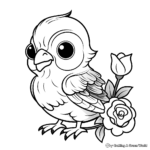
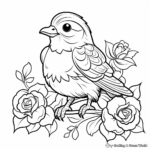
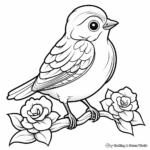
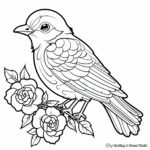
Detailed Dove and Dahlia Coloring Pages for Adults
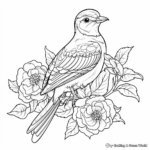
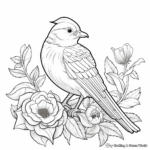
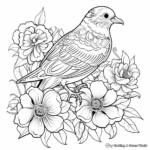
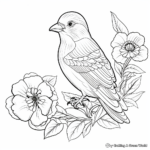
Kid-Friendly Parrot and Sunflower Coloring Pages
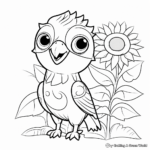
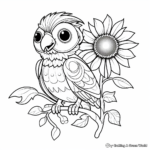
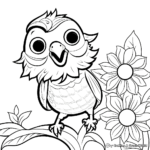
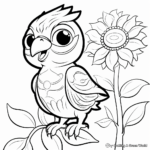
Artistic Owl and Daffodil Coloring Pages
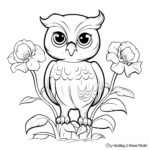
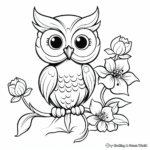
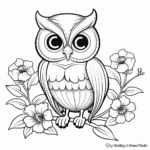

Serene Swallow and Lotus Coloring Sheets
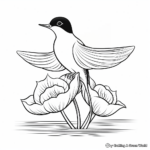
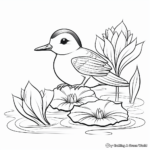
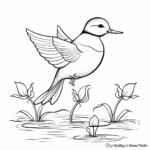
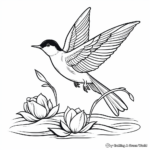
Vivid Hummingbird and Exotic Flower Coloring Pages
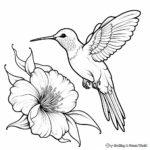
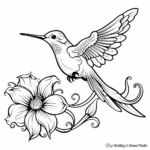
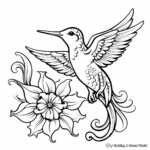
Whimsical Wren and Wildflower Coloring Pages
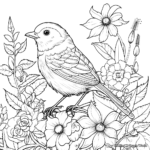

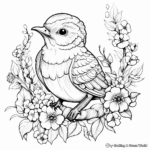
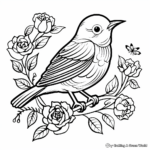
Playful Peacock and Peony Coloring Sheets

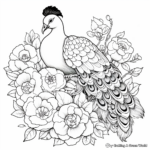
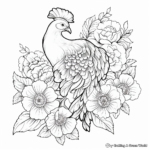
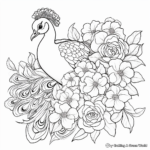
Relaxing Nightingale and Lily Coloring Pages
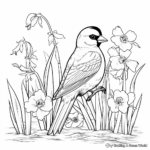
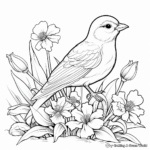
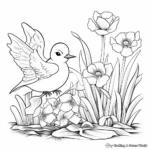
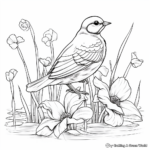
Colorful Kingfisher and Forget-Me-Not Coloring Pages
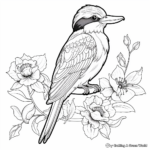
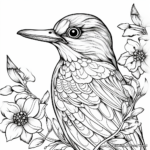
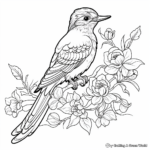
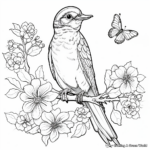
Fantasy Fairy Wren and Fuchsia Flower Coloring Pages
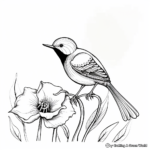
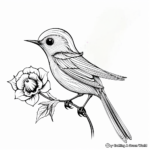
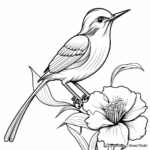
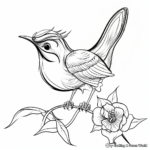
Stunning Starling and Stargazer Lily Coloring Sheets
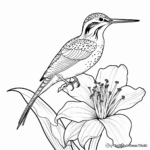
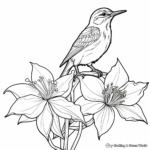
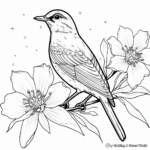
Classic Cockatoo and Chrysanthemum Coloring Page

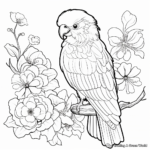
Majestic Hawk and Hibiscus Coloring Page for Adults
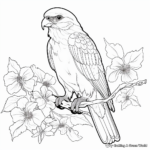
Fun Flamingo and Frangipani Coloring Page
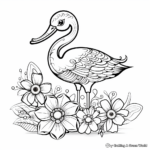
Inspirational Ibis and Iris Coloring Pages
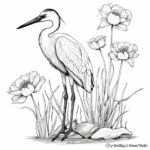
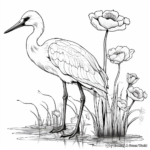
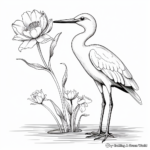
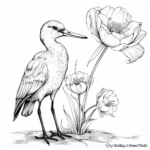
Tips For Coloring Bird And Flower Coloring Pages
What colors should I use for bird and flower coloring pages?
For birds, it’s best to use a variety of colors depending on the species. For example, parrots are often brightly colored with reds, blues, greens and yellows, while a robin red breast would require a bright red chest and brown feathers. For the flowers, again this depends on the type of flower. Roses can be red, pink, white or yellow, and tulips come in a huge variety of colors. Don’t be afraid to get creative and use unexpected colors!
How can I add shading to my bird and flower coloring pages to make them more realistic?
To add shading and give your artwork a three-dimensional appearance, you’ll need to identify your light source and add shadow on the opposite side. For feathers, draw light strokes which follow the shape of the feathers, and for flowers, use a lighter color around the edges of the petals, then a darker shade closer to the center. To add depth, also consider using several shades of the same color.
What bird and flower features should I focus on when coloring?
Birds often have a variety of features that are interesting to color. Their feathers, beaks and eyes are usually rich in color. Paying attention to the pattern of their feathers can help make the bird look realistic. Meanwhile, flowers have their own unique characteristics; focusing on the petals, stamen, and stem can offer different texture feels which makes coloring them more enjoyable.
Can you provide me with some interesting facts about birds and flowers that might influence my coloring?
Sure! Many birds are brightly colored to attract mates. The brighter the colors, the more attractive the bird is considered. So, when coloring birds, your color choice can represent the bird’s ability to attract its mate! Flowers, too, have color for a reason. They often evolve to be certain colors to attract specific pollinators. So, while a bee might be drawn to a blue flower, a bird might prefer a red one. You can consider these fun facts while coloring your pages to add an educational twist!
[taxopress_relatedposts id="1"]About Our Coloring Pages
All of the coloring pages displayed on this page are free for personal use. You have our express permission to download, print, color, and enjoy these pages at your own leisure and convenience. Each piece of artwork on this page has been chosen to inspire creativity and make the world of coloring engaging and enjoyable for all age groups. This permission extends to small non-commercial group settings like classrooms or therapy settings - you have our permission to print these for free distribution to small groups.
This permission is granted strictly for non-commercial uses. These images can not be resold, republished, or used for commercial purposes in any form or method. You may not sell the final colored versions, or use them as design elements in a product that is sold. Please contact us for commercial licensing options.
Our priority is to support and inspire creativity among those who love to color. Please join us in honoring this purpose by adhering to these guidelines. Happy Coloring!